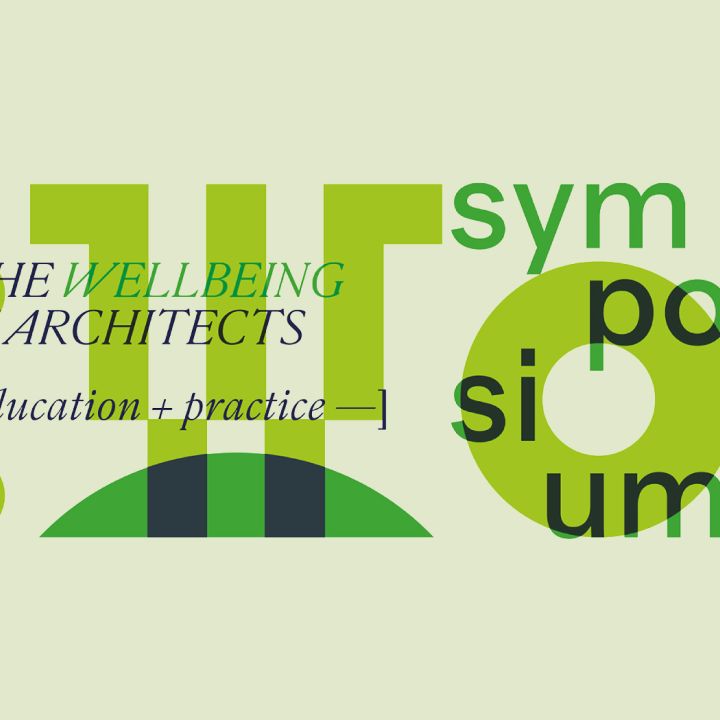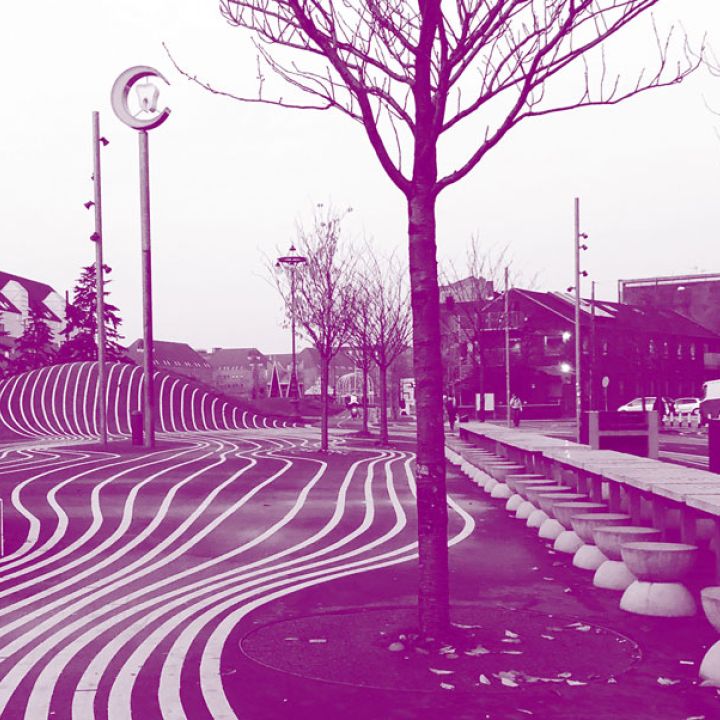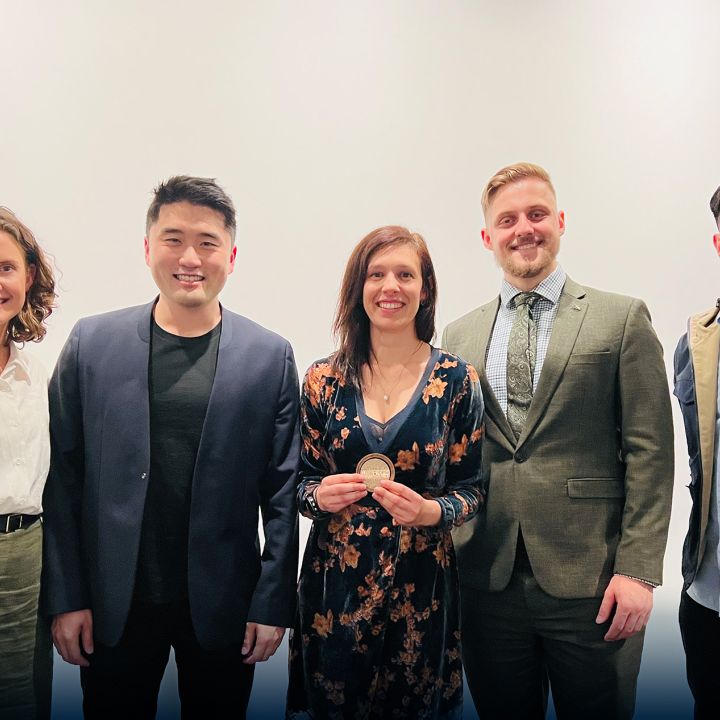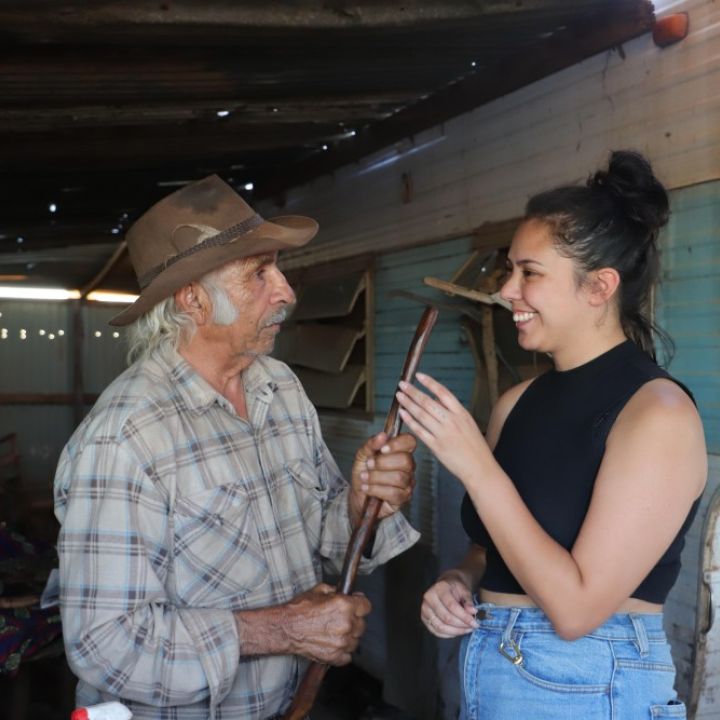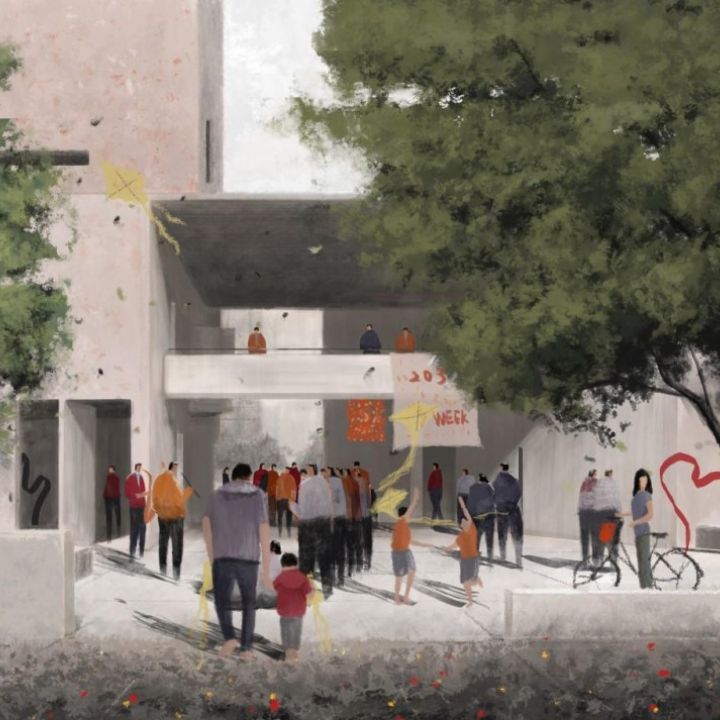
2021 Architects Medallion winner: Marni Reti
“There is no reason architecture cannot contemporise Indigenous culture with the permission of Elders.”
The Architect’s Medallion is awarded annually by the Board to a NSW graduate of an accredited Master of Architecture course who has achieved distinction both in a particular subject area at the final level and generally throughout the two years of the course. The Medallion is presented, along with a $5,000 prize.
In 2020, four candidates were nominated by their universities:
- Alexandra Rose Grech of the University of Newcastle
- Paige Tamara Kodesh of the University of New South Wales
- Nicholas George Bucci of the University of Sydney
- Marni Reti of the University of Technology Sydney
We are thrilled to announce that the 2021 Architect’s Medallion has been awarded to Marni Reti of the University of Technology Sydney.
The Jury Citation reads:
Marni Reti is an exceptional graduate of architecture. She is a talented creative thinker who is deeply committed to engagement with Indigenous communities, bringing a breadth of experience and insight that is rare in a person so young. Already operating within strongly defined ethical boundaries, Marni has a clear vision of her future purpose as an architect and the extra cultural dimension she has to offer as a proud Palawa and Ngātiwai woman – Palawa being the First Nations people of Tasmania, and Ngātiwai being the Indigenous people from the Northland Region of New Zealand.
Marni’s passion for Aboriginal affairs permeates all her endeavours. She is energetic in her drive to re-evaluate through the lens of First Peoples what we consider to be valuable knowledge and expertise in architectural practice and tertiary education, saying at interview that:
“I have always felt very strongly against this misconceived notion that because we have trained for five years in a western institution that we know what belongs on Country better than an Uncle who has spent his entire life dedicated to its care or an Aunty who never got to go to uni but has a wealth of knowledge about design and Country that extends far longer than universities have even been established here. I believe that communities will bring our cultural knowledge and practice to the design process and then the resulting architecture, and that this is truly a dialogue between cultural and architectural practice, each group offering expertise and experience in their fields. The outcome of that, I hope, is that we value that outcome and the dialogue that comes from it to create an incredible, meaningful, important architecture that is contextualised in the Country.”
Marni is a leader of her generation with clear potential to provide future leadership in the architectural profession and the wider community. In this regard she has already received recognition for being outstanding within her student cohort at UTS, receiving the (inaugural) UTS Jumbunna Scholarship and UTS Droga Indigenous Architecture Scholarship. She takes seriously her role as a mentor to younger, Indigenous students of architecture; is actively involved with the Australian Institute of Architects’ recently formed Reconciliation Action Group; and is working to reach young, school-age Indigenous students and encourage them to pursue architecture as a career.
The Panel was impressed by Marni’s portfolio of student and professional projects that are sophisticated and eloquent in their engagement with Indigenous culture to inform architectural concepts and principles that are capable of physical and material realisation. Marni was articulate in delving into the challenges that urban contexts pose to meaningful engagement with community and designing with Country. She conveyed an infectious enthusiasm for her body of work – produced both as a student and as a member of Kaunitz Yeung Architects, where she has been employed for the last two and a half years.
Her graduation project addressed the contemporary manifestation of the Stolen Generations, proposing a new model for child protection in an intergenerational home run by Elders that aimed to reconnect children to their cultural heritage and to address systemic problems in a whole-of-family solution. In a scholarly response to architectural form, Marni incorporated historical understandings from her discussions with Paul Memmott to develop domed roof structures evolved from traditional Sydney-based Indigenous architecture that existed prior to colonisation. The final three-dimensional form is a clever, modern interpretation of the very complex building systems that existed in Australia prior to white settlement and deliberately challenges the myth that Indigenous culture was savage, nomadic and lacking evolution.
Another final year project was a primary school in Ashfield that adaptively re- used an existing water tower on the site. Here, Marni conceived a school run on Indigenous kinship systems and community-based principles, with a high level of interactivity and interconnectedness between a series of classrooms hubs organised in year groups and connected by streets to each other and the large auditorium and library space, defined by the water tower.
Marni’s work for Kaunitz Yeung is delivering better healthcare facilities to Australian Indigenous communities. She presented the Puntukurnu AMS Newman Clinic, 1200km from Perth and the AMS Physical Rehabilitation Centre in Orange, NSW. Both projects are characterised by extensive community consultation, sustainable integration of local materials such as rammed earth and native timbers, and the interpretation and translation of local artwork from the community into architectural feature elements that imbue strong ideals of ownership and connection to local communities. Marni joined the interview via Zoom from Wilcannia, where she was teaching an interdisciplinary Masters Studio with David Kaunitz to design a series of projects to better the community, in consultation with the community and in direct response to how community say they want it to be bettered.
Marni expressed the desire to work in the future in her community in Redfern, acknowledging that it is much harder to work on Country there because the natural landscape has been so comprehensively devastated. The Panel discussed with her the emerging problem of “black-cladding” or “tick-a- boxing” in tight urban projects where original natural features of the site have long since been swept away. She told the panel that we tend to forget that inner Sydney is still on Country because it is highly urbanised, saying:
“The notion that you have to go to remote places to work on Country needs to be dispelled. You need to look at the community that exists there – a melting pot of different mobs from other places. You have to construct an urban identity that takes all the places of identity from different cultures, language groups and histories to create a modern mosaic. You need to engage with multiple streams of the local community and utilise principles of kinship systems, deconstructing what is designed around an abstracted version of Indigenous thinking in a modern way. Integrated design utilising Indigenous thinking, while initially radical in concept, can be much more nuanced and subtle than you would expect.”
Marni is clear in the pathway she visualises for herself post-graduation, committed to getting registered as an architect and to growing the percentage of Indigenous architects in NSW. Moreover, she is a confident advocate for putting Country, culture, and Indigenous knowledge at the forefront of design and architectural education, hoping that in the near future we will see the embedding of core subjects exclusively on Indigenous architecture in all Australian architecture programs. When asked about the future of the profession and what it means to come from an ancient history and work in a modern world that places a high value on technological advancement, Marni was quick to identify the dichotomy that exists between perceptions of Indigenous culture as ancient versus perceptions that celebrate Indigenous culture as thriving and evolving. The opportunity, she suggests, is to apply elements of Indigenous history and culture at the frontier of cutting- edge technologies to make meaningful contemporary architecture. In her words, “There is no reason architecture cannot contemporise Indigenous culture with the permission of Elders.”
The Selection Panel was unanimous in awarding Marni Reti the 2021 Architects Medallion.
Image supplied: Marni Reti with Uncle Waddy on Country in Wilcannia.
- Last updated on .











